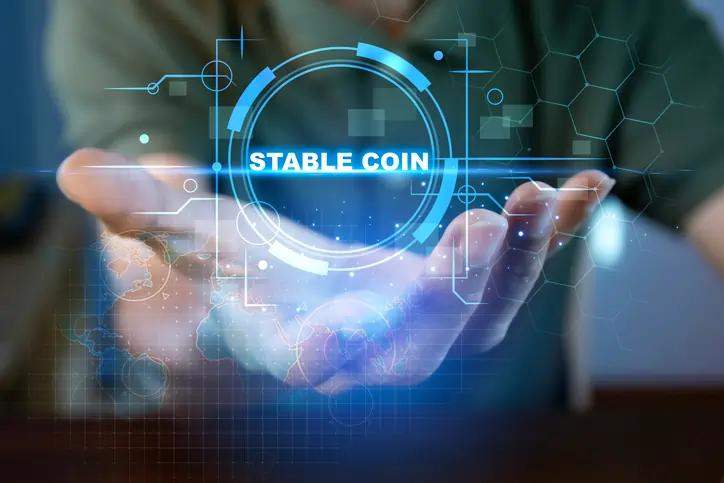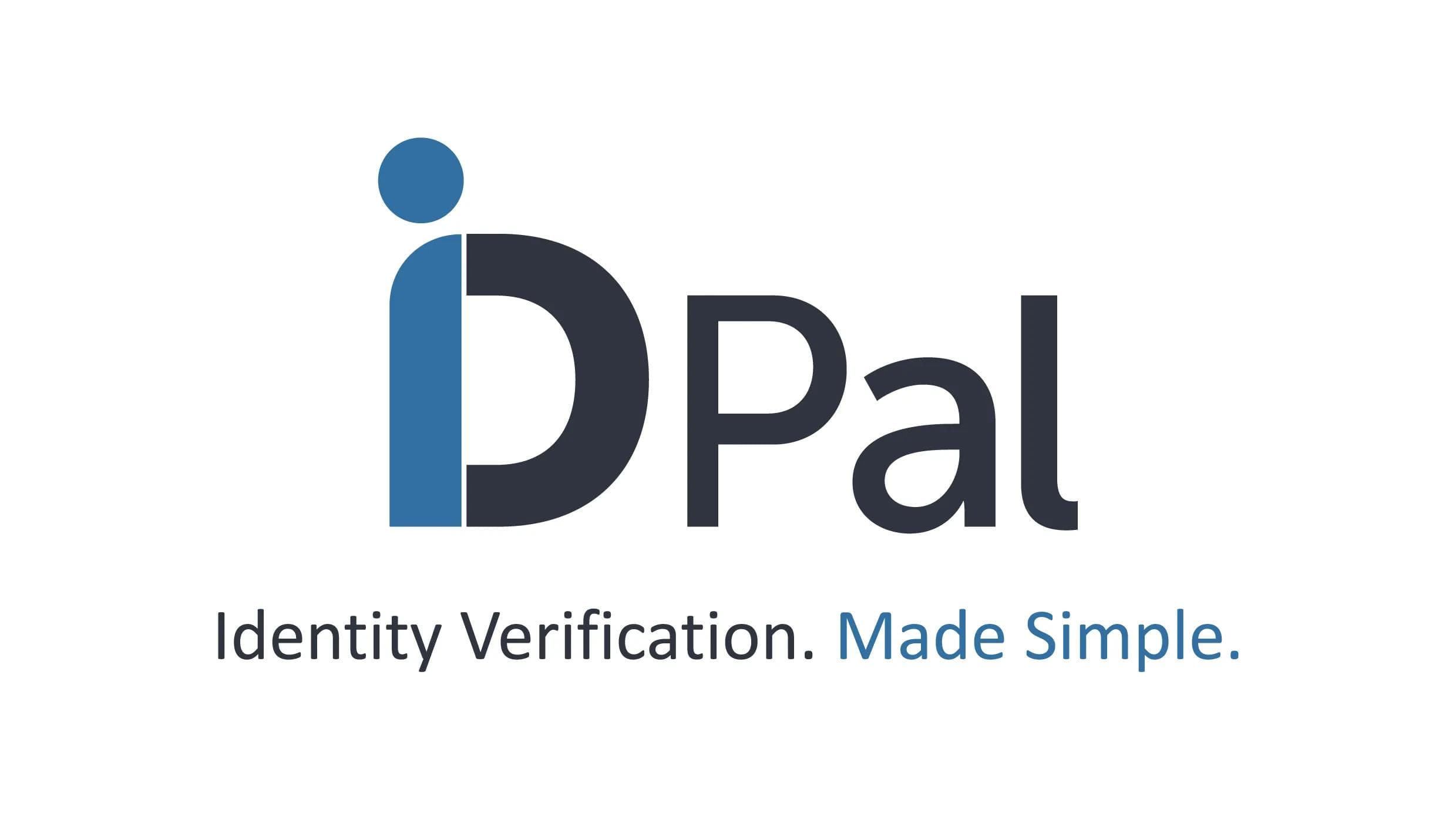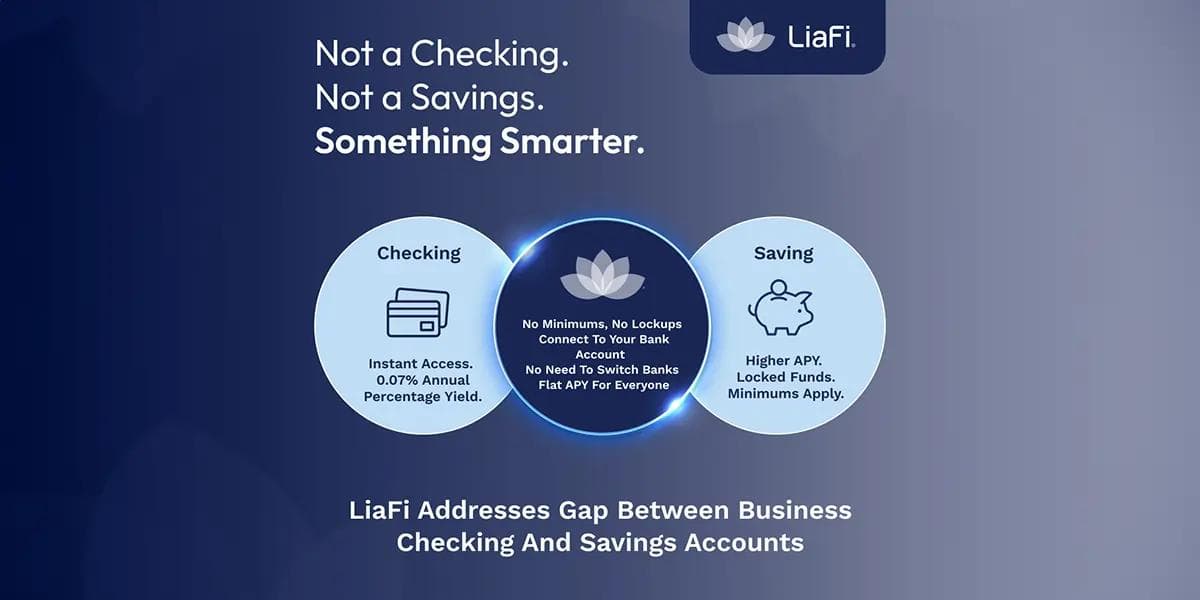Regulatory Clarity Meets Real-World Need: The Stablecoin Boom in Emerging Markets
Regulatory Clarity Meets Real-World Need: The Stablecoin Boom in Emerging Markets
Published by Wanda Rich
Posted on May 21, 2025

Published by Wanda Rich
Posted on May 21, 2025

What comes to mind when you hear "crypto"? Probably Bitcoin's crazy highs and lows, or maybe the explosion of some random memecoin. Fair enough, that stuff gets a lot of attention. But is that the whole story? Not quite.
If you look closer, particularly in emerging markets, you'll find a different kind of crypto gaining ground: stablecoins. They're not about wild speculation; they're about providing practical financial stability and usefulness, especially in economies where that's hard to come by locally.
This isn't some niche experiment. It's about solving real, everyday money problems. Need to send money across borders without hefty fees? Trying to save when your local currency is losing value? Stablecoins are stepping in. But for them to truly take root and flourish, one more thing is crucial: clear, sensible regulations. As more people start using stablecoins and governments worldwide begin sketching out the rules, this blend of real-world usefulness and growing regulatory clarity is laying the groundwork for crypto to become a truly integrated part of emerging economies.
In a recent interview with TheNational, Binance CEO Richard Teng suggested the US could see new, supportive crypto legislation emerge by late summer. Teng explained his optimistic view under the Trump administration, “The new efforts and optimism is very real in the US. So, I believe the US is going to come out with very enlightened, pro-industry and smart regulations that support the industry but also manages the risk at the same time. So you’re probably going to see some of the new legislation coming through by August this year.”
You Can Already See Stablecoin Adoption Taking Off
The growth we've seen in stablecoins during 2025 is pretty striking, particularly when you set it against the choppy waters of the wider crypto market lately. It's not just users driving this; big institutions are clearly taking notice. Take the landmark $2 billion investment Abu Dhabi's MGX put into Binance back in March—paid entirely in stablecoins, no less. That's the largest single investment ever made into a cryptocurrency company this way.
This big-money confidence reflects what's happening on the ground. The total value locked up in USD-pegged stablecoins has jumped over 18% just since the start of the year, growing from around $203 billion to $240 billion by May 6. Meanwhile, the overall crypto market values actually dipped by more than 10% in the same period, feeling the heat from global trade jitters and general uncertainty. USDT is still the biggest player, its market cap blowing past $149 billion, but others like USDC are gaining ground too, hitting $61.7 billion thanks partly to its reputation for transparency.
The sheer amount moving via stablecoins is impressive—we're talking about over $710 billion per month now, which puts it in the same league as payment giants like Visa. This isn't just traders shuffling funds; it's increasingly about practical uses like cross-border payments and protecting savings, showing just how important these tools are becoming, especially where traditional finance options are lacking.
Signs of Regulatory Clarity Emerging in the US
While stablecoins are clearly useful, their long-term success really hangs on getting the regulations right. The good news is, we're starting to see real movement on this front, especially in the United States, whose approach often influences global financial rules. Lawmakers there are actively drafting the rulebook for how stablecoins should work.
Two key bills, the STABLE Act and the GENIUS Act, are leading the charge. Both cleared committee hurdles in early April 2025, aiming to set clear standards for stablecoin issuers around things like reserves, who's allowed to issue them, and how users are protected. The GENIUS Act, for instance, suggests a smart split: bigger issuers (over $10 billion market cap) would answer to federal regulators, while smaller ones could stick with state oversight if the rules are tough enough. This push shows a welcome shift from just reacting with enforcement to actually building a predictable environment for these digital dollars.
And the US isn't working in a vacuum. The European Union's MiCA regulations already started covering stablecoins in June 2024, creating a solid framework across the bloc. Nations like Singapore and Japan also have specific rules about stablecoin reserves and licensing. Of course, not everyone's on board—China still bans them. But the overall direction globally is towards clearer rules, which is exactly what's needed to build trust and encourage wider adoption.
Why Stablecoins Just Make Sense in Emerging Markets
Stablecoins really shine when you look at the specific problems they solve in emerging markets – problems traditional finance often can't fix easily. Think about countries battling high inflation or where the local currency swings wildly in value, places like Nigeria, Argentina, or Turkey. For people there, stablecoins aren't just a tech novelty; they're a practical way to hold onto their savings' value. They offer a relatively stable anchor, usually pegged to the US dollar, without needing access to traditional banking, which can be difficult or expensive to get.
Sending money across borders is another huge area where stablecoins make a difference. Forget the slow speeds and high fees of old-school remittances. Stablecoins let people and businesses send funds almost instantly and at a fraction of the cost. According to Chainalysis, consumers in India, Nigeria, and Indonesia are already heavy users. In Sub-Saharan Africa, using stablecoins for remittances can slash costs by as much as 60% compared to traditional routes.

Companies like Yellow Card and Opera's MiniPay are building services around this in partnership with crypto market players like Binance, letting users swap local currencies for stablecoins and back again, basically creating efficient digital alternatives where official currency exchange is tricky.
It's not just about individuals, either. Businesses in emerging markets use stablecoins for everything from paying overseas suppliers to managing payroll for remote workers. Startups like Bridge (which Stripe recently acquired) and Caliza are attracting significant capital from investors because they're building the payment rails for these exact needs. The ability to transact anytime, track money easily, and cut operating costs makes stablecoins incredibly appealing, especially for small and medium-sized businesses.
As regulators around the world keep refining the rules, making things safer and clearer, stablecoins are likely to become even more embedded in the financial fabric of emerging markets. They're more than another crypto asset; they're becoming essential tools for economic stability, easier access to finance, and a way to connect with the global digital economy. That combination of real-world usefulness and growing regulatory support? That's the real story of crypto's success in these crucial parts of the world.
Explore more articles in the Top Stories category











